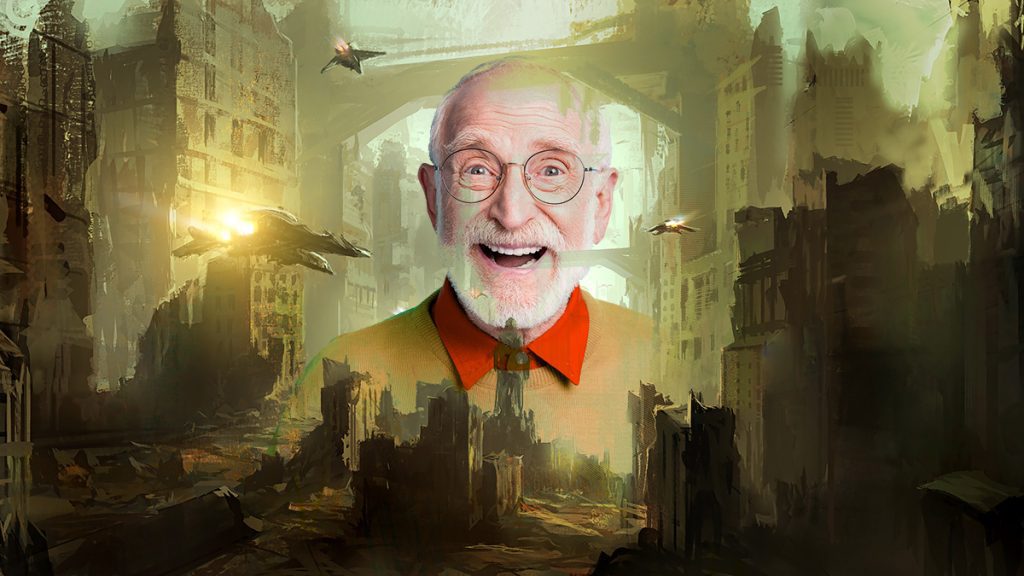
Science fiction literature and media predicted technological advancements that Baby Boomers experienced in their lifetimes.
- The communicator from Star Trek, introduced to boomers in their 20s, became a reality when they were 37 with the advent of cell phones.
- The futuristic billboards from Blade Runner, seen by boomers in their 30s, became a reality when they were 55 with the first digital billboard.
- The AI concept from I, Robot, read by boomers in their teenage years, became a reality in the 1980s when they were in their mid-thirties to early forties.
Imagination fascinates me. There are writers out there that twist, snip, and sew the very fabric of reality to birth a world close enough to ours to be conceivable. And nobody does a tech-oriented future like the writers before and around the turn of the century, 1999’s The Matrix, 1984’s The Terminator, and 1949’s 1984 just to name a few.
If you think about it, it would be a bizarre experience if something from a writer’s imagination became a reality, especially if that reality has a penchant for the morbid.
Mobile Phones
Today, having the world at your fingerprints seems such a natural aspect of life. But back then, it was such a foreign concept.
The oldest boomer out there would have been in their early 20s when Star Trek: The Original Series first aired. A prominent innovation was repeatedly showcased throughout the show: the communicator, a handheld device allowing long-distance communications and functioning as a portable computer. Sounds Familiar? But it wasn’t till the same boomer was 37 years old that they came across his own functioning communicator: the cellphone.
Digital Billboards
In major cities like New York or Tokyo, digital billboards are everywhere. But back in their day, billboards were just oversized flyers. 1982’s Blade Runner, however, introduced futuristic billboards, large, moving electronic advertisements displaying ever-changing content. Sounds Familiar? It wasn’t until 2001 that the first digital billboard was set up. And by that time, the eldest boomer was 55 years old.
Artificial Intelligence
ChatGPT’s release into the wild has marked the beginning of the AI age. But Baby Boomers are no strangers to the concept. AI is such a popular trope in sci-fi that it became a staple of the futuristic genre. Isaac Asimov’s I, Robot popularized a concept of AI close to today’s version. The novel describes the intelligent tech as robots with a positronic brain and advanced learning capabilities, governed by the Three Laws of Robotics to ensure their subservience to humans:
- A robot shall not harm a human, or by inaction allow a human to come to harm.
- A robot shall obey any instruction given to it by a human.
- A robot shall avoid actions or situations that could cause it to come to harm itself.
Ring any bells? The eldest boomer would have read the book in their teenage years or as they enter adulthood, but the AI obsession didn’t kick in full force until the 1980s and by then boomers would have been in their mid-thirties to early forties.
Final Thoughts
I don’t know if you have noticed the pattern here. All these pieces of popular media depict a dystopian future to a certain extent. No wonder boomers associate technological development with doom and gloom. The predicted technological advancements did a number on their expectations.
Inside Telecom provides you with an extensive list of content covering all aspects of the tech industry. Keep an eye on our Community section to stay informed and up-to-date with our daily articles.